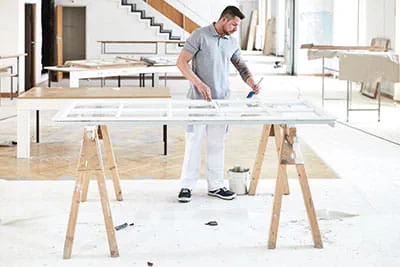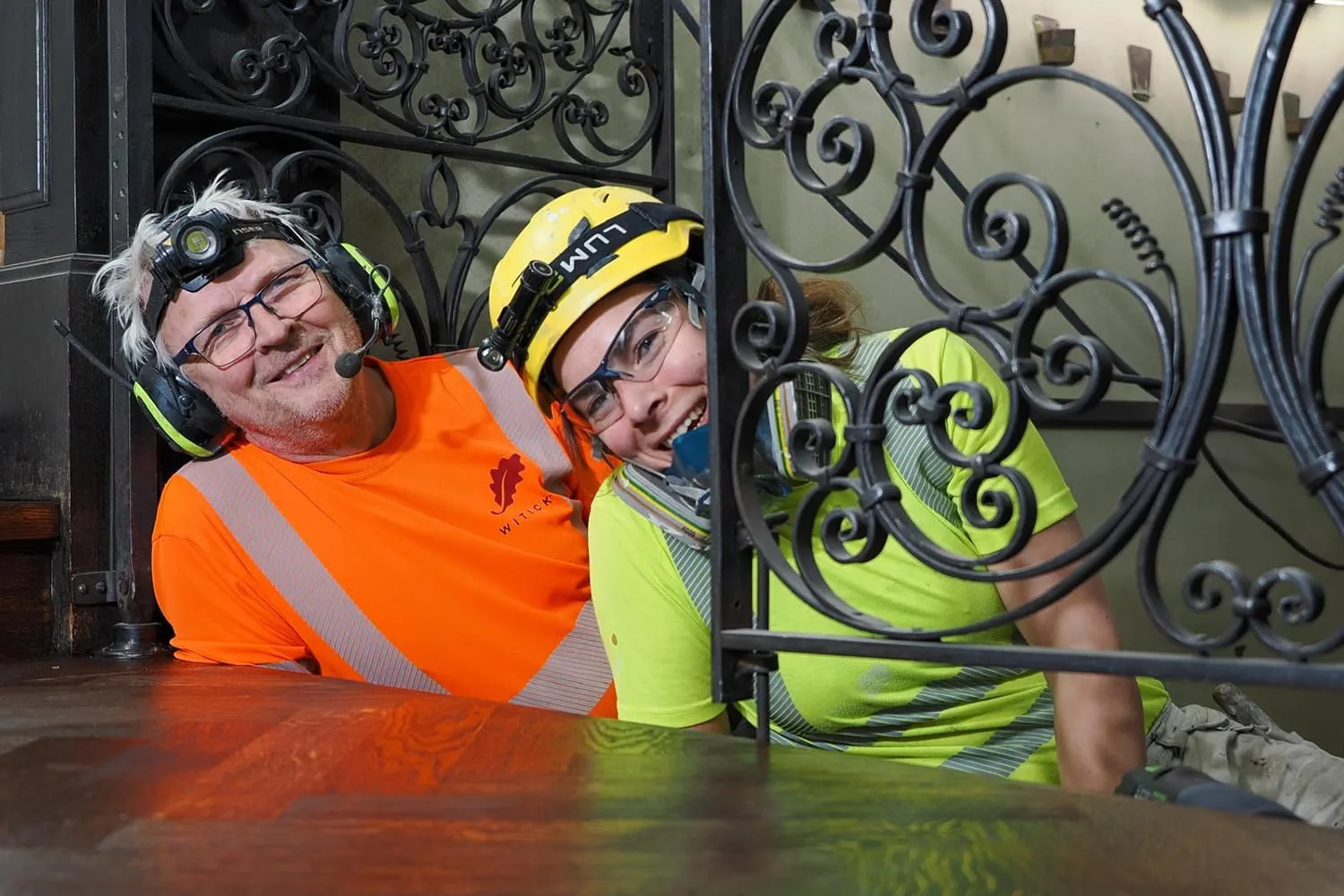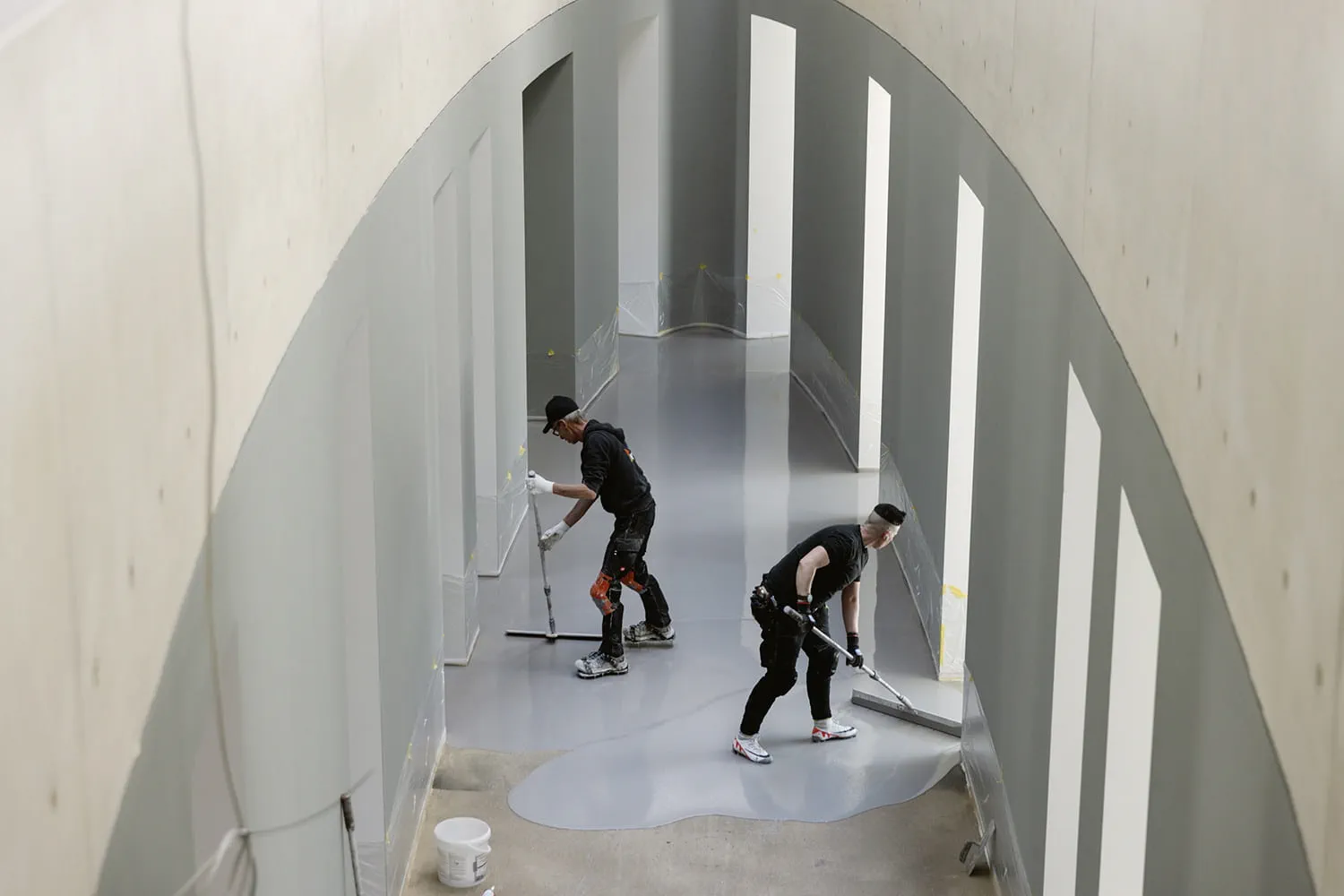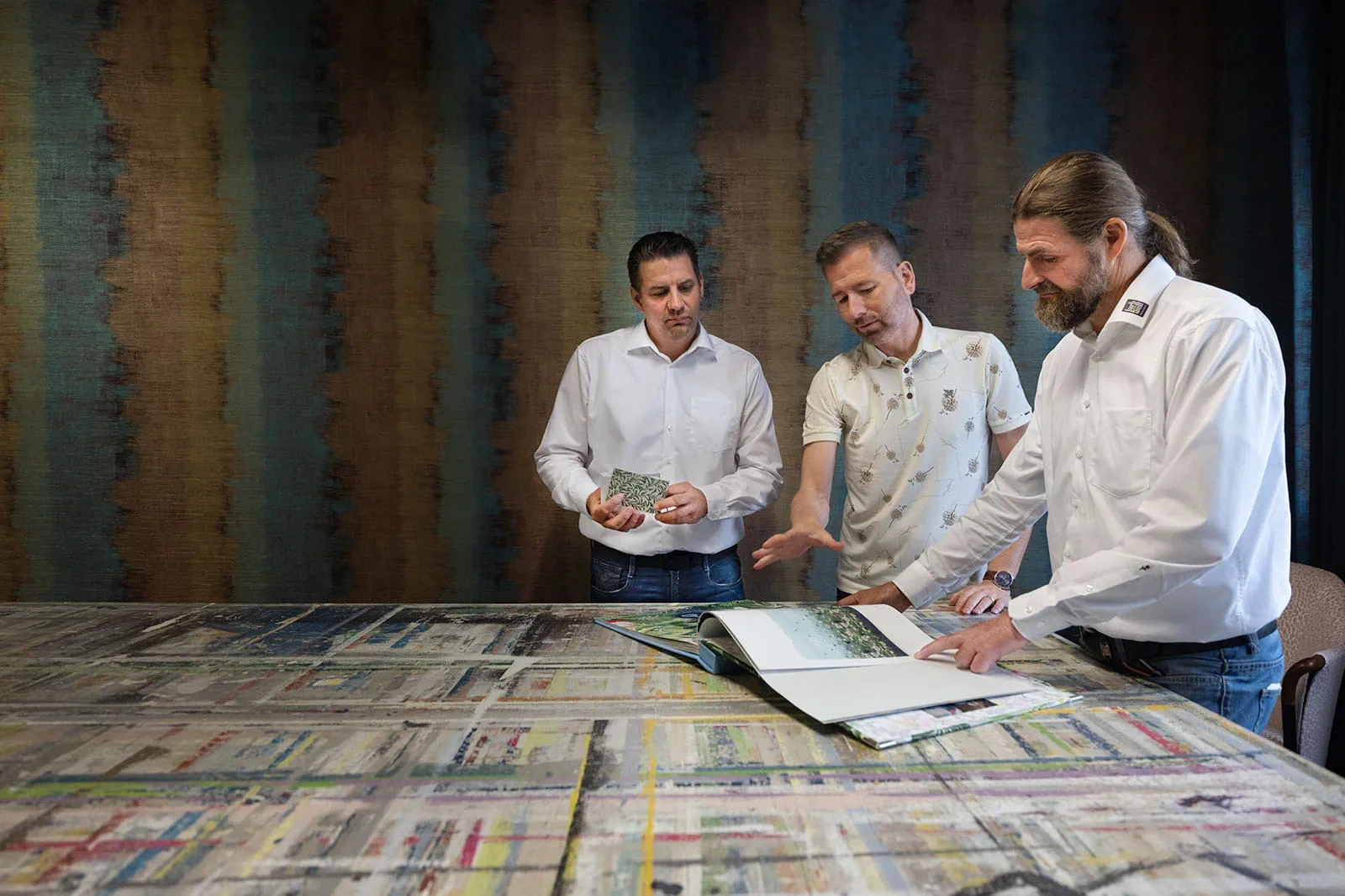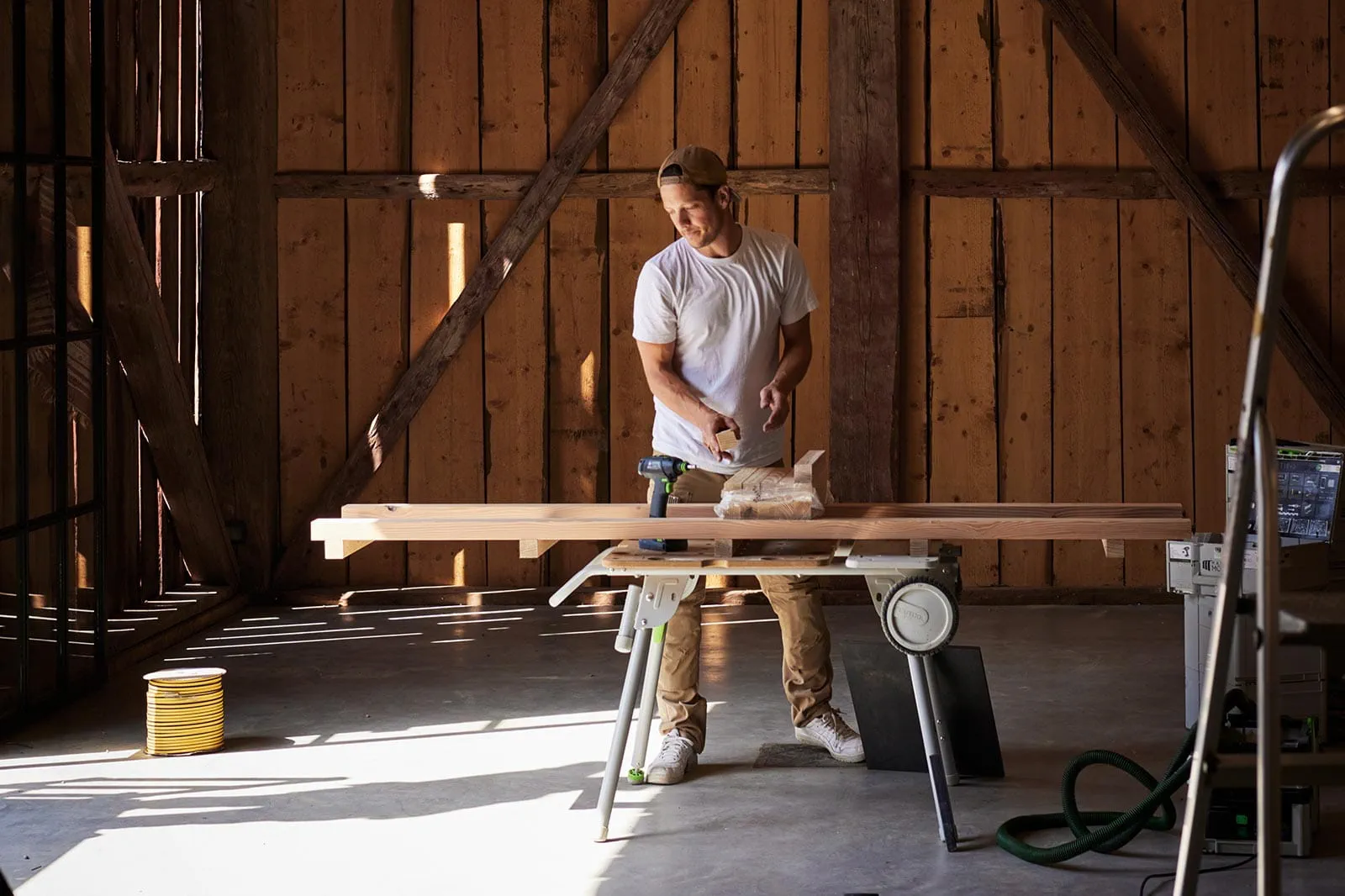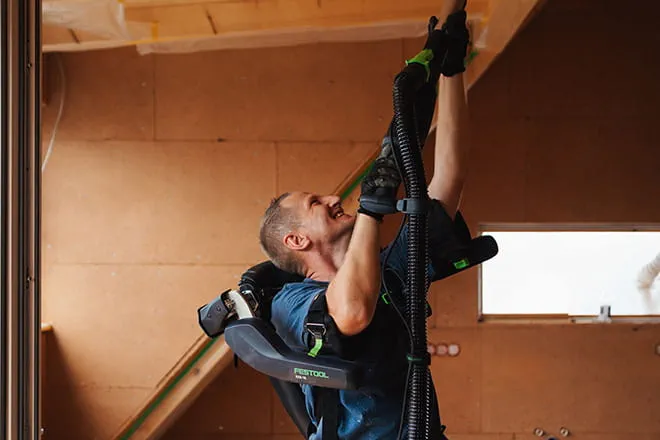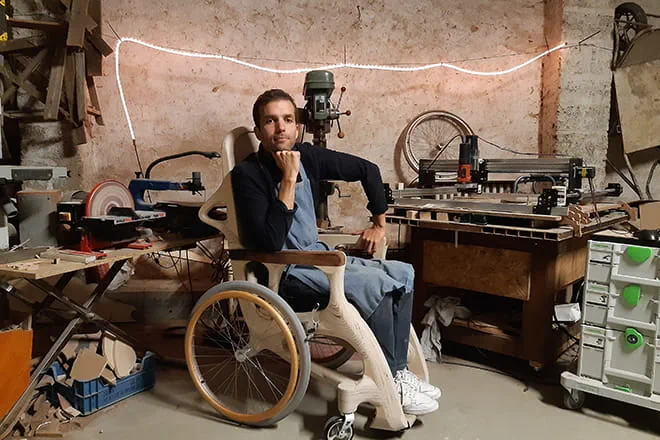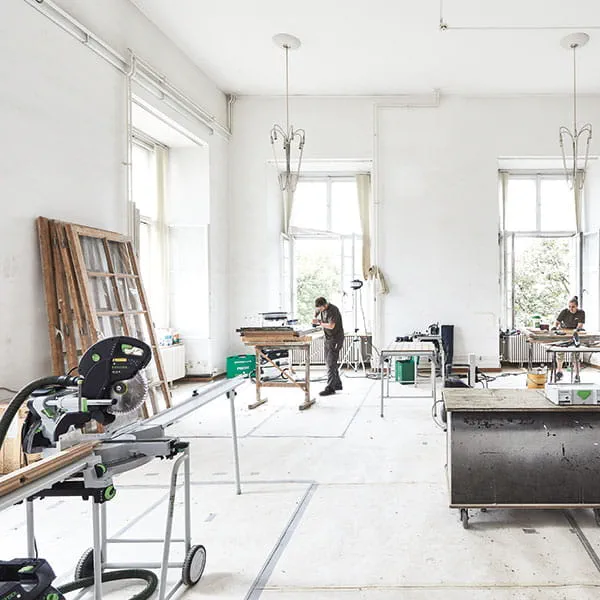
Noble obligations
Renovating windows in Darmstadt's residential palace
Today, craftspeople from various trades walk in and out where nobility once held court. We paid a visit to Darmstadt’s residential palace, accompanying a team responsible for restoring its historic windows with a great deal of care and experience in the craft.
Restoring windows on-site
Four members of staff from Pfau have been working in Darmstadt’s residential palace continuously since the end of 2016, and they will be here for at least another year. Their mission is to restore more than 200 windows – in situ and without rushing. Work on the men’s wing and the bell tower is already complete. Now it’s just work on the massive frame and sashes in the baroque structure by Louis Remy de la Fosse that remains. Every single window has its own story to tell, or so it seems. And the story of Darmstadt’s residential palace really is a long one.

Technische Universität Darmstadt, which for the last twenty years or so has been responsible for any restoration work in its role as custodian of the palace, refers to it as a ‘picture book of architectural history’. What began as a medieval moated castle was extended in the Renaissance style with the construction of the church and emperor’s hall. At the beginning of the 18th century, French architect Louis Remy de la Fosse designed an entirely new baroque palace complex, of which only two wings and the striking gateway were realised, however, for financial reasons.The ‘new’ palace was not fully completed until the 19th century. In 1944 bombing left the palace gutted, and it was then rebuilt and restored over a number of decades.

Impressive craftsmanship
The majority of the windows in Darmstadt’s residential palace date from the post-war era. Back then, they were specially crafted along the lines of the originals, as virtually nothing survived the bombing. These days, the window restoration work is carried out according to rather different standards of heritage conservation:
‘We preserve what we can,’ stresses Jürgen Pfau. ‘It is crucial that we approach the work with a great deal of care and experience in the craft.’ A substantial fleet of Festool machines – both fixed and mobile – help the staff with their work. ‘When it comes to sanding and dust extraction, Festool is simply the best,’ says Jürgen Pfau, waxing lyrical. ‘With the cordless sanders, we can even sand window frames up to five metres tall quite easily from the scaffolding.’
‘We preserve what we can. It is crucial that we approach the work with a great deal of care and experience in the craft.’
Jürgen Pfau, master joiner
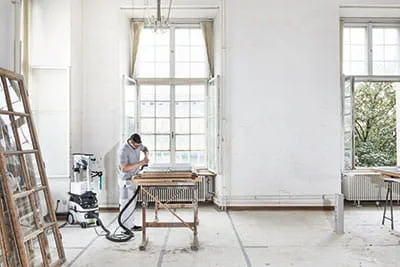
Darmstadt's fascinating residential palace
Technische Universität Darmstadt, which for the last twenty years or so has been responsible for any restoration work in its role as custodian of the palace, refers to it as a ‘picture book of architectural history’. What began as a medieval moated castle was extended in the Renaissance style with the construction of the church and emperor’s hall. At the beginning of the 18th century, French architect Louis Remy de la Fosse designed an entirely new baroque palace complex, of which only two wings and the striking gateway were realised, however, for financial reasons. The ‘new’ palace was not fully completed until the 19th century. In 1944 bombing left the palace gutted, and it was then rebuilt and restored over a number of decades.
